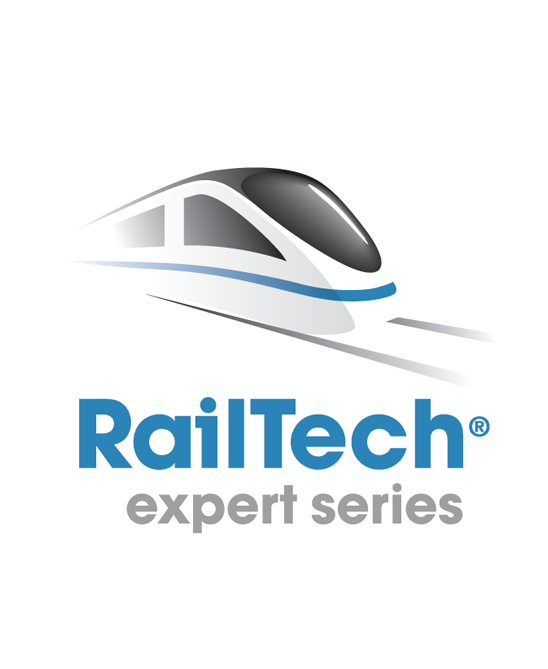
Per Corshammar, Manager – Tüv-Süd Danmark ApS
Environmental friendly and cost effective high speed line design
Conventional railway embankment construction design consume high use of land, huge volumes of building material and transports, high energy consumption, long construction time and high investment cost for society.
It also effects a high degree of incontinence for society and creates barrier effects. With landscape bridges for high speed lines it dramatically reduces the use of land with a factor of 3, it reduces the use of building material with a factor of 4, it contains of more recycled resources and renewable energy by a factor of 50, and reduce the construction time with a factor 5.
Construction design efficiency
These improvements in construction design efficiency in high speed line design result in an economic impact of the total project cost that result in high profitable investments for high speed lines compared to conventional railway lines for society. The return of investments falls from 60 years for conventional railways to 20 years for high speed lines.
The high speed line design means that built in functions such as noise reduction, catenary pole fundaments, service roads, snow protection, escape routes and protection of surrounding environment and preservation of agriculture land and animals along the high speed line are achieved to minimum cost, it is less expensive then embankment design.
Scientific results
The scientific results and analyses of 32 000 variables are obtained by the high speed line project in Sweden under supervision of the Swedish Environmental Research Institute and TüvSüd delivered to The Swedish Railway Administration.
